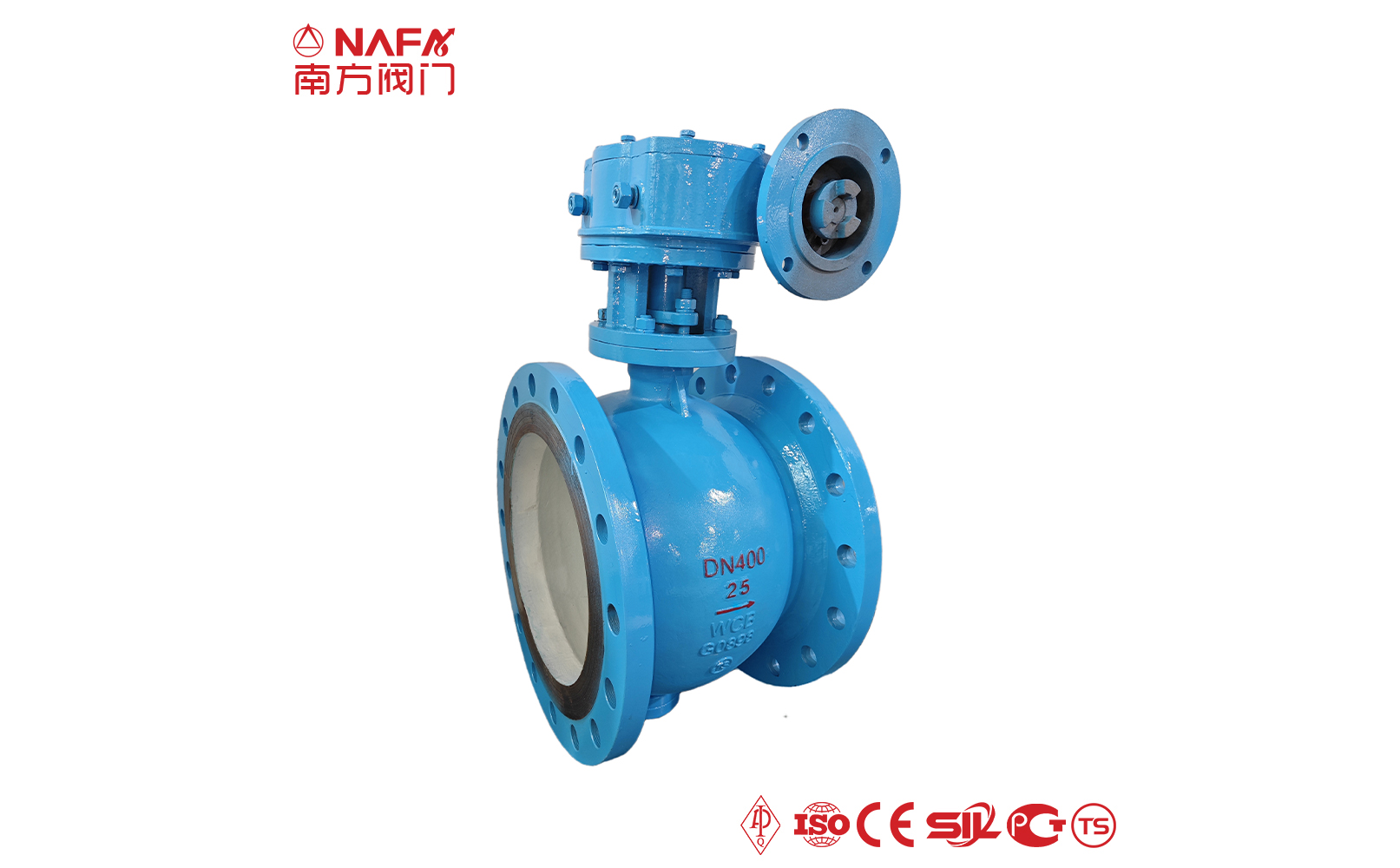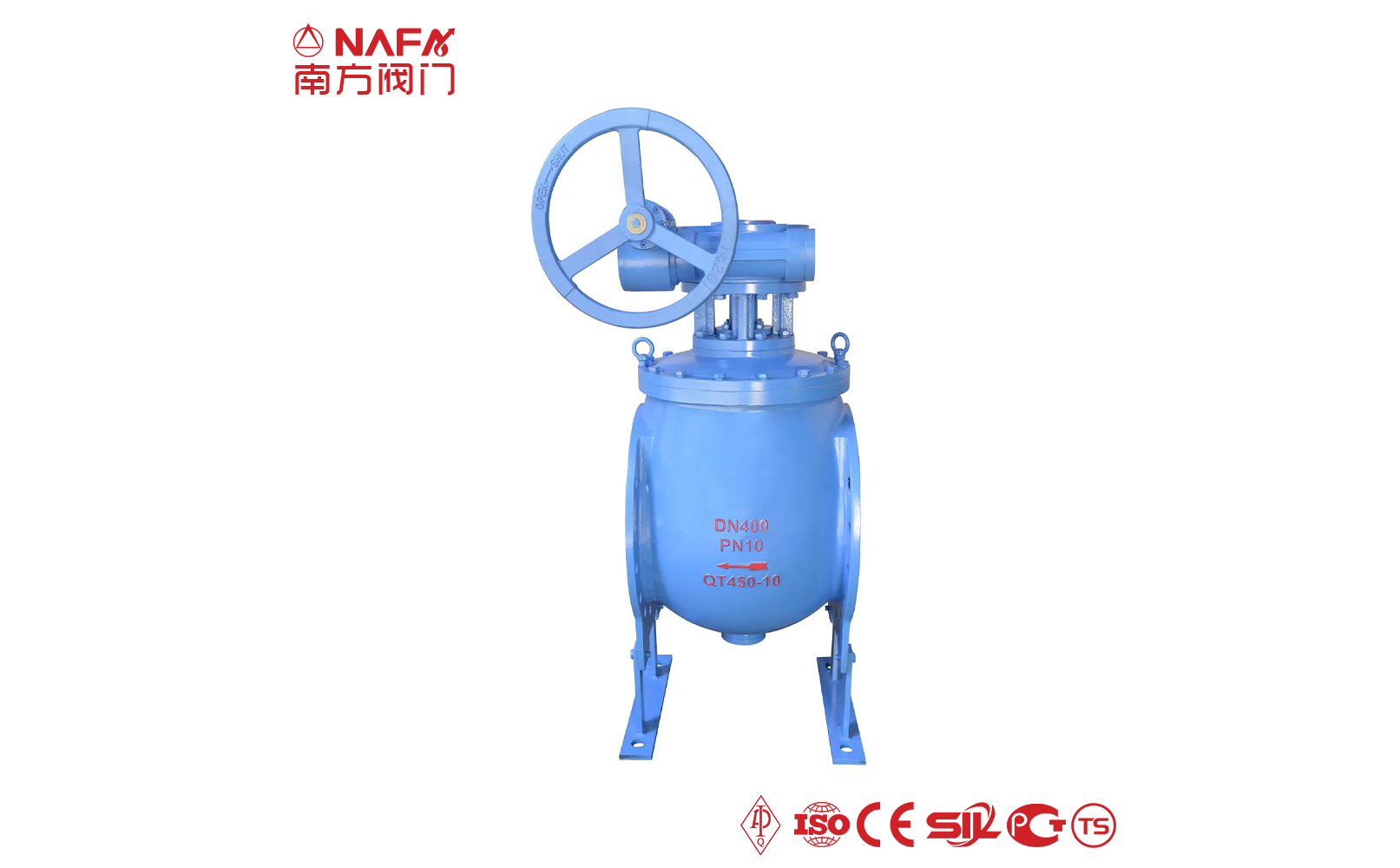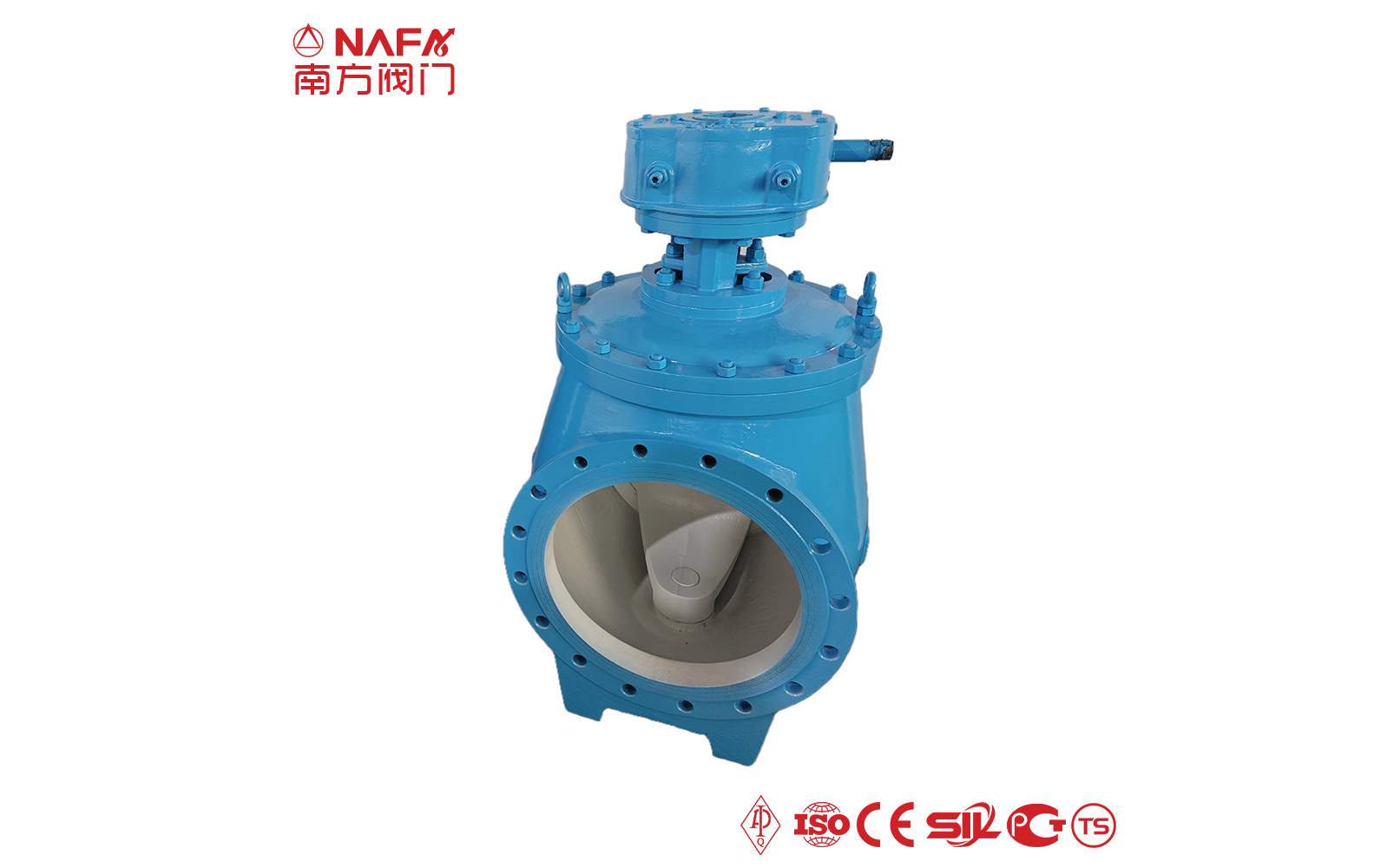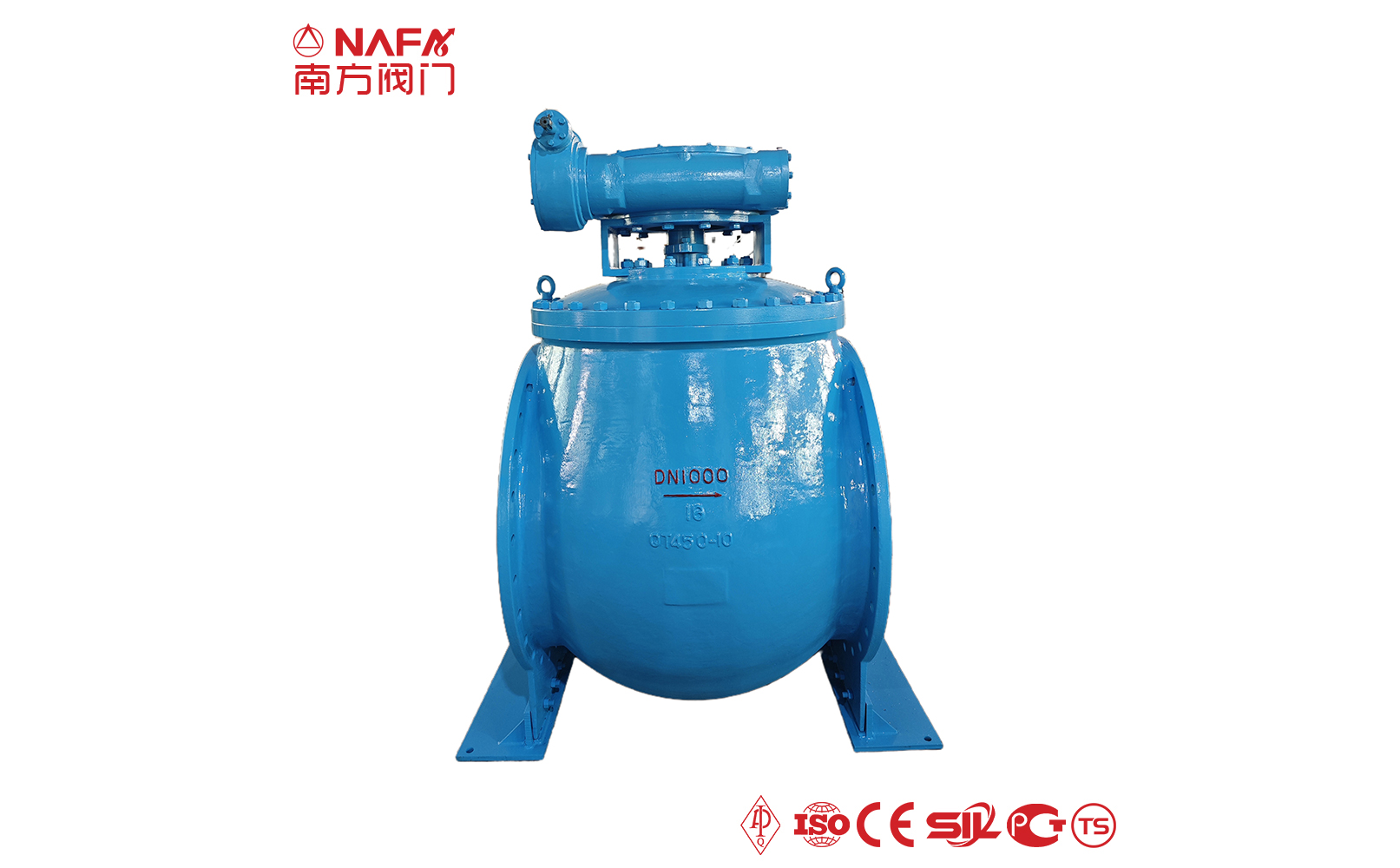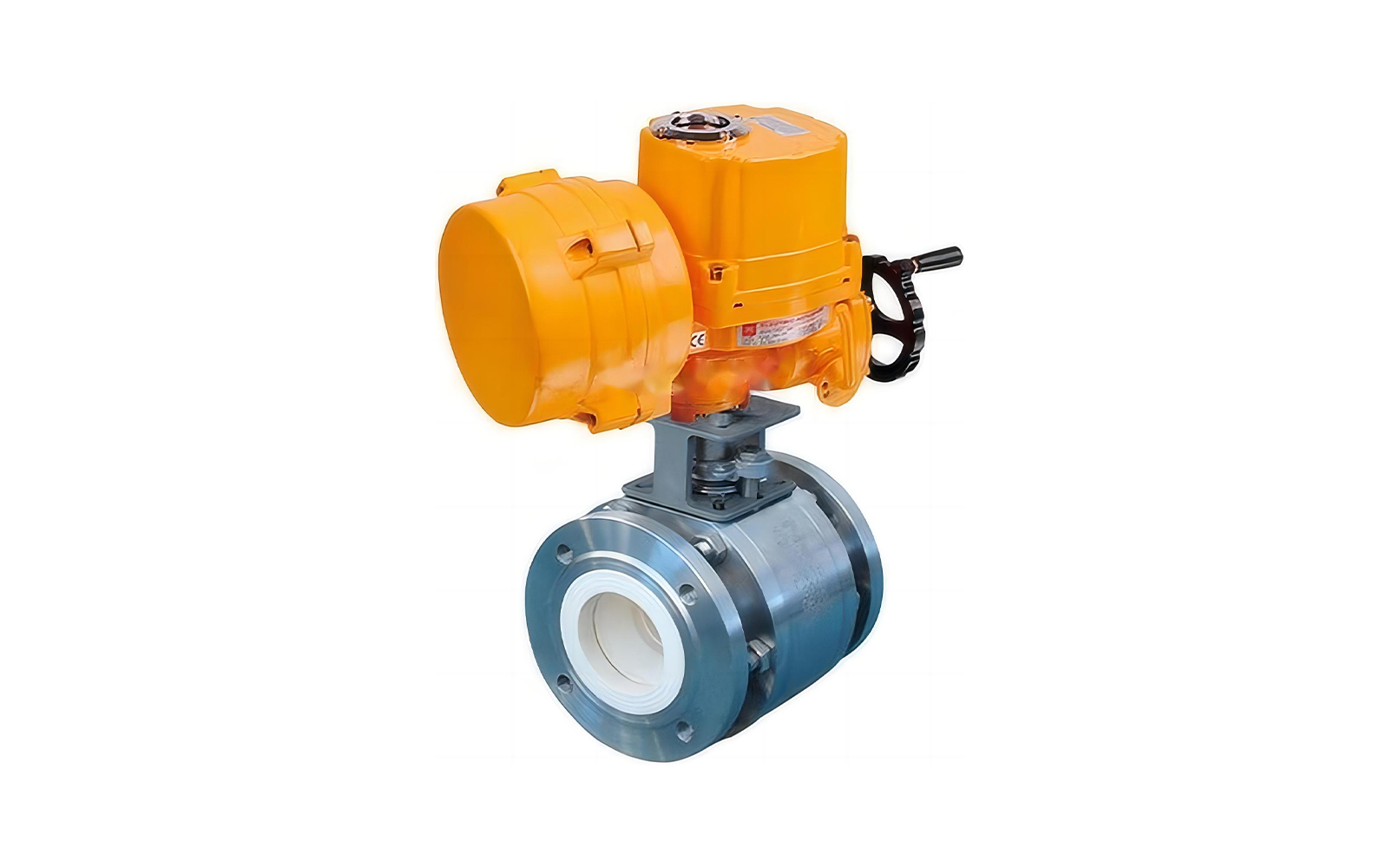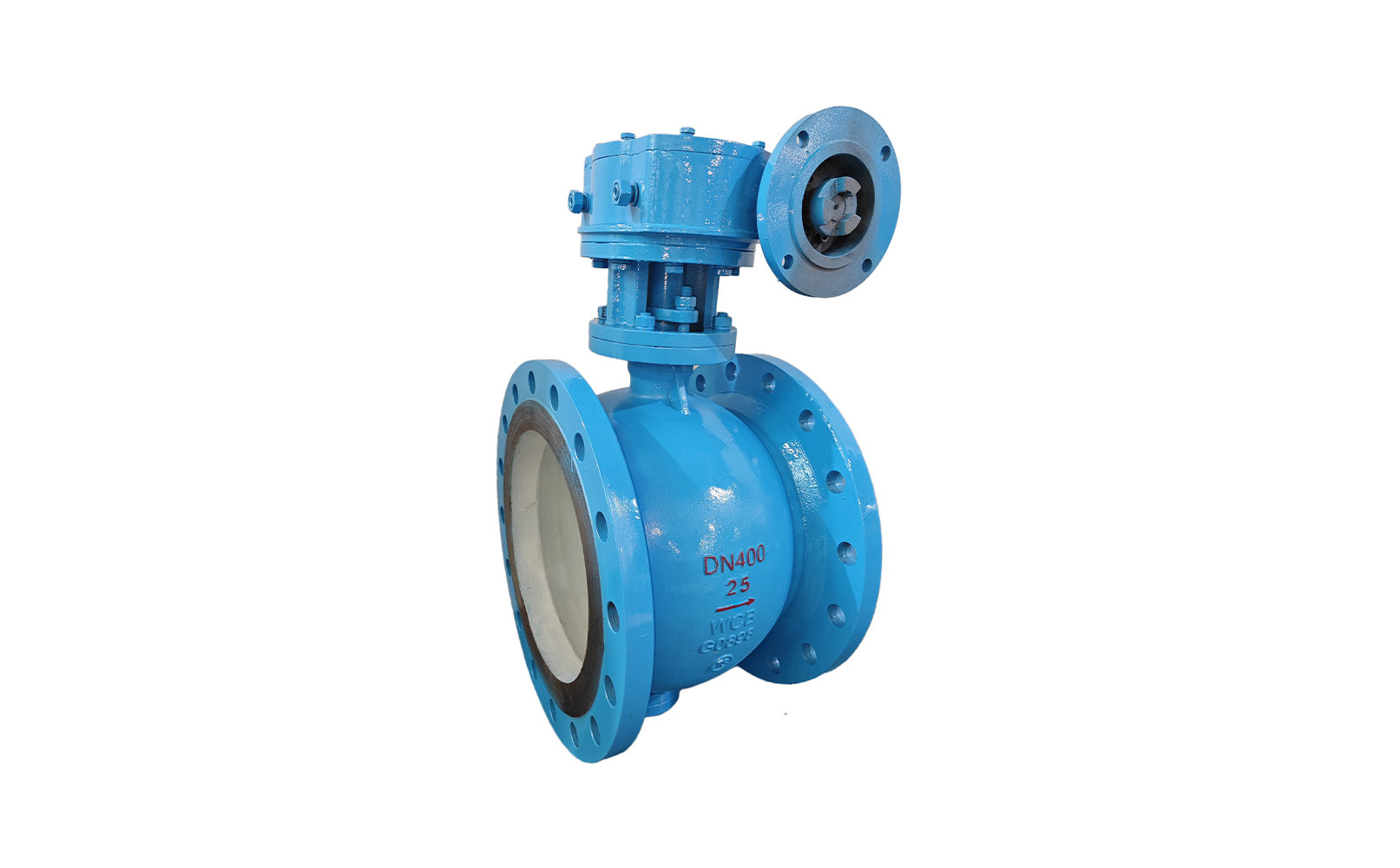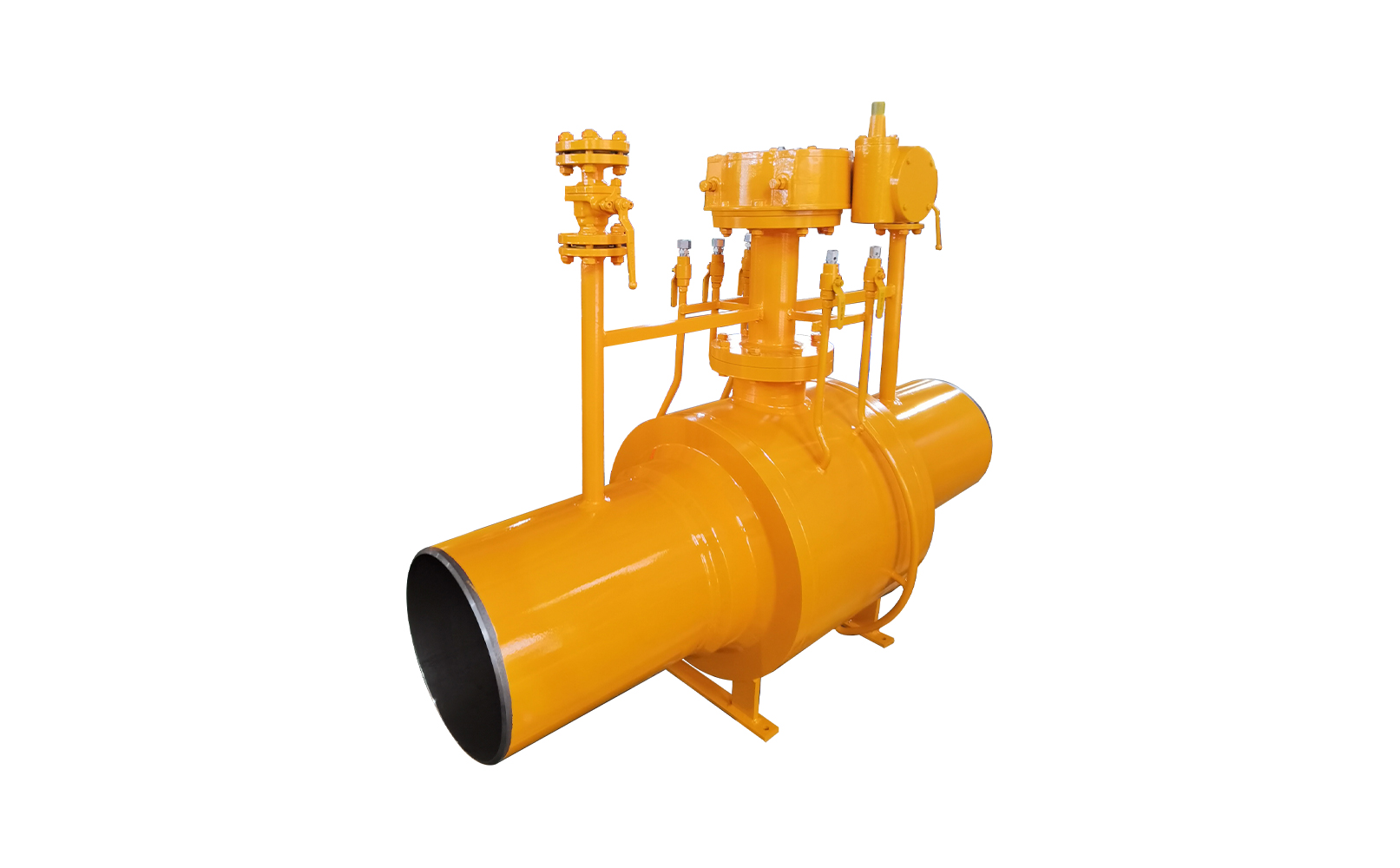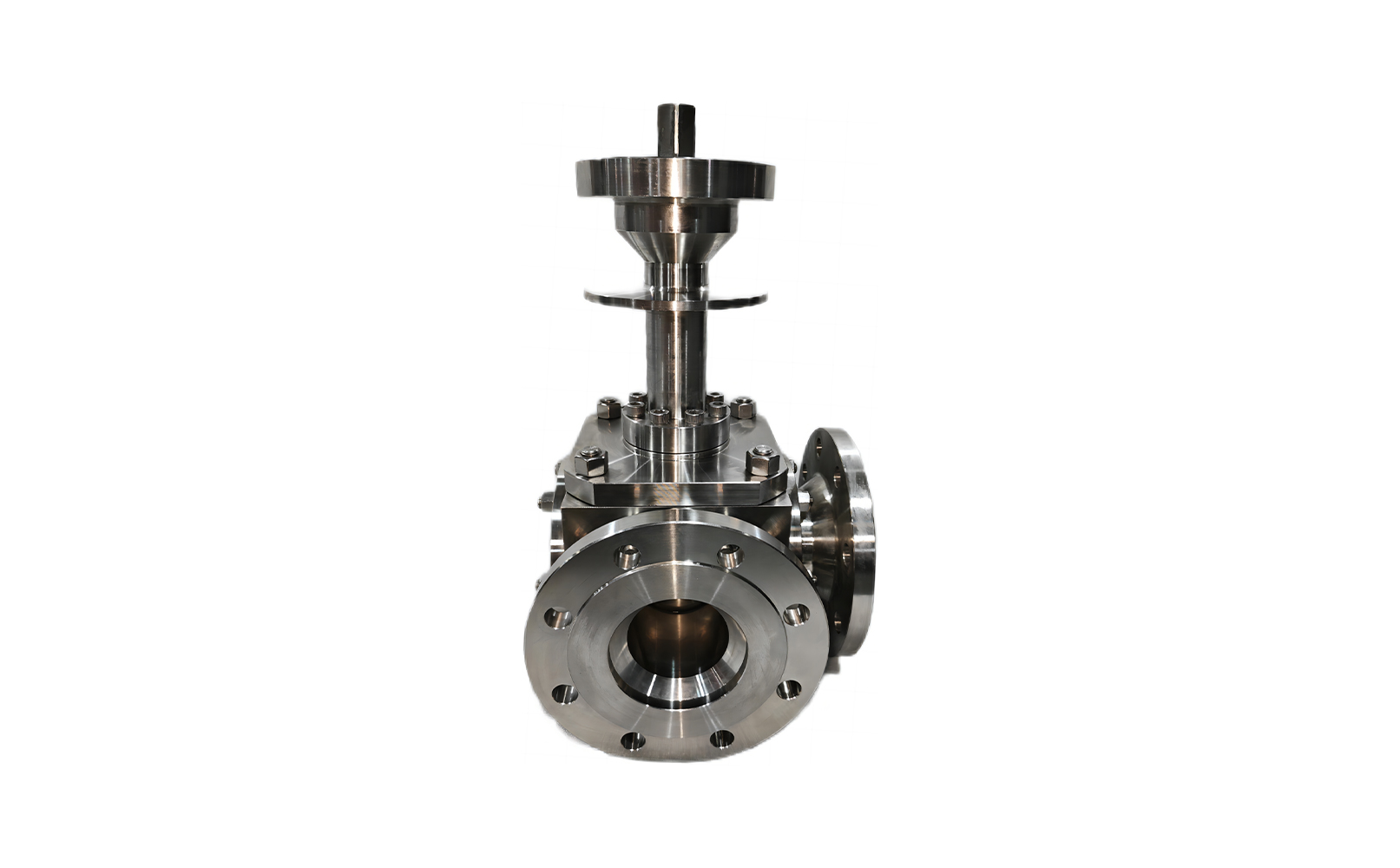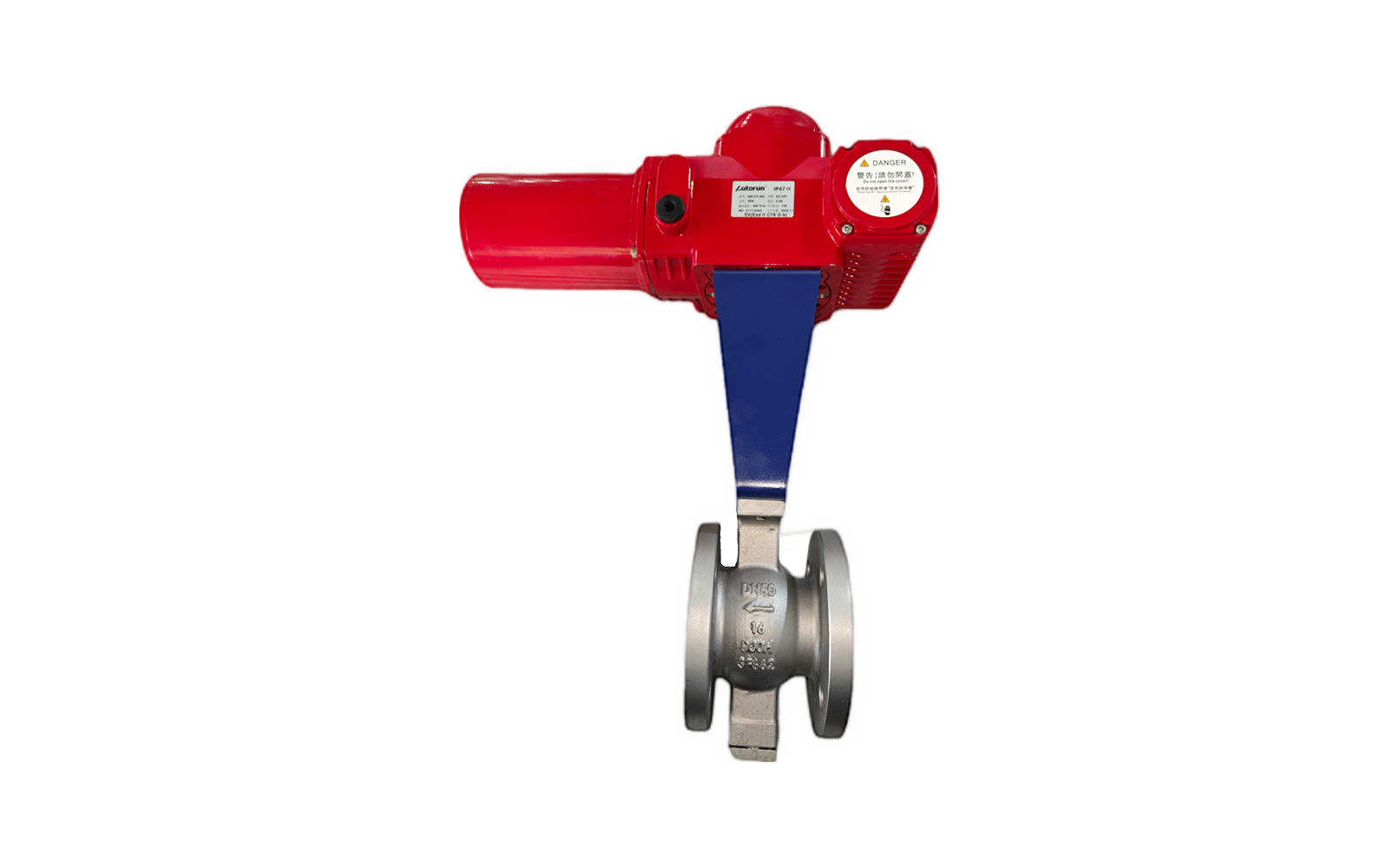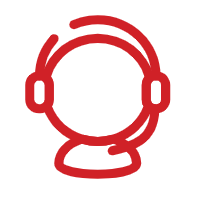- 01The eccentric half ball valve solves the problems of slurry, mixed liquid, dust and other media in industrial production being precipitated, easily scaled, blocked during pipeline transportation, and causing the valve to not close tightly.
- 02It has a cutting function, which can cut off debris (branches, textile bags, etc.) in the medium when closing to ensure the normal opening and closing of the valve.
- 03The switch is light, the ball is separated from the shell when opening, without any contact, the starting torque is small, and the rotation is flexible.
- 04The eccentric structure of the sealing surface enables the spherical surface to automatically compensate for wear, maintain the sealing of the valve, and have a long service life.
- 05The wedge-shaped sealing structure has reliable sealing performance under various working conditions.
- 06Low torque design, multi-layer structure customized valve stem, only a small handle is needed to easily open and close.
-
 API
API -
 АСМЕ
АСМЕ -
 АНСИ
АНСИ -
 RU
RU -
 ДИН
ДИН -
 ГОСТ
ГОСТ -
 ГБ
ГБ -
 JIS
JIS
| The characteristics of eccentric half ball valve |
The eccentric half ball valve adopts the eccentric locking principle and achieves the purpose of gate tightening, adjustment and closing through the transmission mechanism. Its sealing pair adopts a metal ring with a hard surface contact seal. When the double eccentric structure is opened, the ball is located in the ball chamber, which effectively prevents the valve from being washed and achieves reliable sealing. The body adopts an integrated full-diameter structure design, which is compact and has a large flow area. The flow resistance after full opening is very small, which is basically equivalent to the pipeline, and the medium is not easy to deposit in the valve cavity. After the valve is fully opened, the ball crown is hidden in the inner cavity of the valve body and is not easily directly washed by the medium, so that the sealing surface of the ball crown is well protected. The edge of the ball crown adopts a scraper structure design, which can clean the dirt around the valve seat sealing surface when closed, and has strong cutting ability. It adopts a movable valve seat structure with an internal adjustment device. When the valve is used for a period of time and the sealing pair is worn, the preload between the valve seat and the ball sealing pair can be readjusted through the adjustment device to restore its sealing ability. |
| Technical Parameters | |
| Size | DN15-DN1500, 1/2''-60'' |
| Pressure | PN10-PN420, Class150-Class2500 |
| Temperature | -200°C to 650°C |
| Connection Type | Flange, Thread, Socket weld, Butt weld |
| Operation Mode | Manual, Pneumatic, Electric, Hydraulic, Gear operation |
| Materials | ||
| Valve Body | Forged | A105, LF2, F5, F9, F11, F22, F304, F316, F347, F904, F51, F53, F310, N08020, Inconel625, etc |
| Cast | WCB, LCB, C5, C12, WC6, WC9, CF8, CF8M, CF8C, 4A, 5A, CN7M, C95800, CW6MC, etc | |
| Valve Stem | F6a, 17-4PH, XM-19, F304, F316, F347, F904, F51, F53, F310, Monel400, Monel500, N08020, Inconel625, Incoloy825, etc | |
| Valve Disc | A105, LF2, F5, F9, F11, F22, F304, F316, F347, F904, F51, F53, F310, N08020, Inconel625, F6a, 17-4PH, XM-19, F304, F316, F347, F904, F51, F53, F310, Monel400, Monel500,Incoloy825,WCB, LCB, C5, C12, WC6, WC9, CF8, CF8M, CF8C, 4A, 5A, CN7M, C95800, CW6MC, etc | |
| Seat Sealing | SS, BR, CU, AS, CS, AL, PTFE, NBR, FKM, AI203, etc | |
| Design Standards | |
| Valve Body | API 6D, API 608, ASME B16.34, DIN 3357, BS 5351, GOST 9833, JIS B2071, GB/T 12237, etc |
| Flange | ANSI B16.5, EN 1092-1, JIS B2220, GB/T 9113, ASME B16.47, GOST 12821, DIN 2543-2545, etc |
| Connection | ANSI B16.10, ASME B16.25, JIS B2212, GOST 33259, DIN 3202, etc |
| Test Standards | API 598, ISO 5208, BS EN 12266, ASME B16.104, GOST 9544-2015, JIS B2003, DIN 3230, etc |

